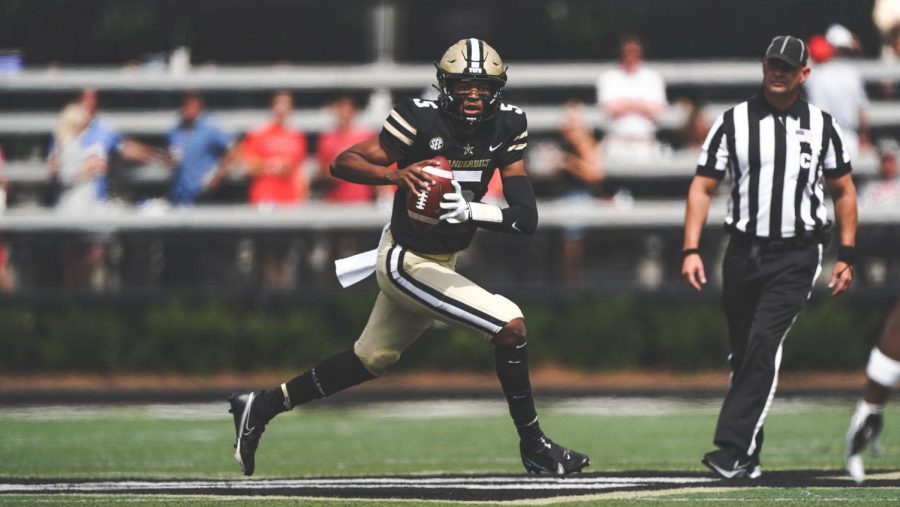

Before returning to the game, seek advice from your trainer or orthopaedic surgeon. Treatment varies based on the severity of injury, and can include ice, anti-inflammatories, thumb spica bracing, and surgery. Symptoms include pain and swelling along the base of the thumb and difficulty with gripping objects. They can occur when the thumb is pressed forcibly away from the rest of the hand. Thumb Sprain: A tendon injury caused by stretching or tearing of a small ligament at the base of the thumb. Occasionally, surgery is required to realign the bones prior to casting. Treatment includes ice, anti-inflammatories, and a period of immobilization in a cast. Symptoms include pain and swelling along the back of the hand. This can occur if a clenched fist contacts a helmet or when punching an object. The decision to return-to-play should be discussed with an orthopaedic specialist.īoxer’s Fracture: Fracture involving a bone in the palm of the hand. Treatment includes immobilization in a splint or brace, though surgery may be required to ensure proper bone alignment. Symptoms include pain, swelling, and possible deformity of the finger. This can occur from a direct blow to the finger. These injuries require prompt surgical care and an appointment with an orthopaedic hand surgeon should be made.įinger Fracture: Fracture involving the small bones of the finger, which may or may not involve the joint. Symptoms include pain and swelling along the tip of the finger along with inability to actively flex the tip of the finger. In doing so, the finger is forcefully extended when the tendons are trying to hold the finger flexed, rupturing the tendon. This can occur when trying to grip the jersey of an opposing player, but the other player is able to break away. Jersey Finger: A tendon rupture that prevents active bending of the tip of the finger. The decision to return-to-play should be discussed with an orthopaedic specialist. Treatment includes immobilization in a specialized splint.

Individuals are able to passively straighten their finger, but are unable to actively hold the finger straight. Symptoms include pain and swelling along the tip of the finger. This can occur when a ball or object strikes the tip of the finger. Mallet Finger: A tendon injury that prevents active straightening of the tip of the finger. The finger will require a period of immobilization following this injury. Treatment includes prompt repositioning of the bones, which should only be performed by a medical professional. Symptoms include pain, obvious deformity, and inability to move the affected joint. In a finger dislocation, the ligaments surrounding a finger joint are torn and the two bones that make up the joint are no longer in proper alignment. This can occur from a direct blow to the finger, or from a twisting or landing injury. The decision to return to the game should be discussed with your athletic trainer or orthopedic specialist.įinger Dislocation: A more severe form of a jammed finger. This will present with swelling of the injured finger along with pain and stiffness when trying to bend the affected digit. This over extension of the finger can result in strains or tearing of the ligaments within the finger. Jammed Finger: Seen in all forms of ball sports, this occurs when a ball strikes the tip of an extended finger. The most common injuries to be aware of include:


While some injuries can allow for early return to play, others require time to heal, or surgery. Despite growing awareness of football-related injuries, conditions of the hand and wrist are often overlooked. The arrival of fall marks the return of football season.


 0 kommentar(er)
0 kommentar(er)
